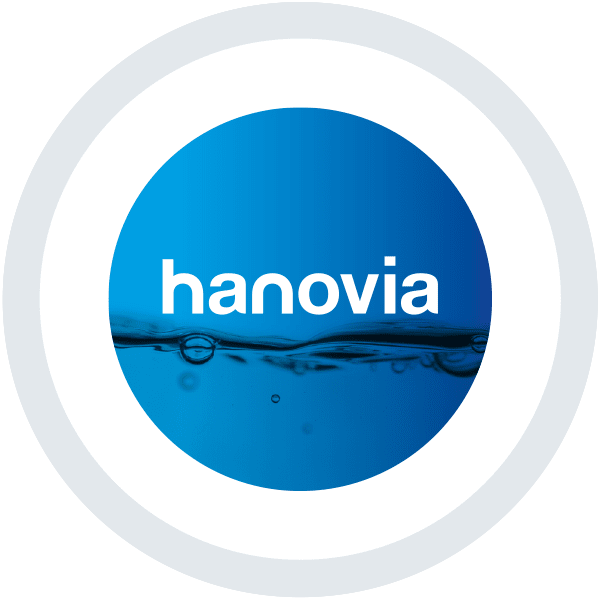UV Disinfection for Meat Brines: Lowering the Listeriosis Risk & Improving Production Efficiency
by Dan Shaver – Aquionics Regional Sales Manager , January 2017

Many food processors have implemented brine chillers into their production process as a method of preserving their processed meat products and extending shelf life before shipping through their distribution channels to consumers. However, there are risks associated with this process due to the use of lactic acids and the risk of exposing products to Listeria monocytogenes (Listeria), a known contaminant that can cause serious infection (Listeriosis).
In order to reduce these risks, meat producers often implement quality control policies to dispose of the brine if bacteria counts begin to increase. Despite having strict quality control procedures, the cost of frequent brine disposal results in much higher operating costs for the producer. Not only are costs increased by going through more brine, there are also indirect costs such as a higher demand on wastewater treatment for the plant and the production downtime during brine changeover. The obvious risk is that if these procedures are not followed correctly, there is an increased risk of a costly product recall due to Listeria exposure.
A recent study (Ultraviolet Light for the Inactivation of Listeria monocytogenes and Lactic Acid Bacteria in Recycled Chill Brines, Eifert et al, Virginia Polytechnic Institute and State University, 2003) was undertaken to demonstrate the effectiveness of UV disinfection in a brine application by continuously recirculating the fluid past the UV light. In a meat brine application there are usually high levels of solids from added salt and particles from the meat product itself which result in the clarity of the fluid being well below that of a typical UV application for water treatment.
A critical parameter in the sizing of any UV system is the UV transmittance or UVT, which is a measure of how much UV light is able to penetrate through the fluid and reach any potential bacteria. For this particular study, the UVT of the brine was 0% (completely opaque to the UV light). In addition to knowing the UVT, disinfecting with UV light is also dependent on residence time of the fluid in the UV chamber and the intensity of the UV light.
The study was able to prove that even when the UVT of a meat brine is 0%, with enough recirculation through a UV system equipped with a medium pressure lamp, a reduction in lactic acid bacteria and listeria is entirely possible. The ideal recirculation rate was found to be equivalent to 1 gallon per minute for each gallon of brine volume. For example, a brine chiller with a volume of 100 gallons would require a recirculating pump and UV system capable of operating at 100 gallons per minute flow rate.
Given the cold temperature of the meat brine itself, a special cold temperature package was used with the UV lamp in order to ensure proper lamp ignition. Medium pressure lamps were used as part of this study because of their polychromatic output which has been proven to be effective, especially in fluids with extremely low UVT.
For the meat producer there are some key values to implementing UV in their brine chilling process:
- Ensure brine quality by slowing the exponential growth of listeria and reducing lactic acid,
- Reduce brine consumption cost by extending its lifecycle in the chiller
- Lower maintenance costs by reducing brine disposal and production downtime
- Reduce demand on wastewater treatment
- Extend shelf life of final product
- Eliminate the risk of product recalls





 沪公网安备 31011202013557号
沪公网安备 31011202013557号